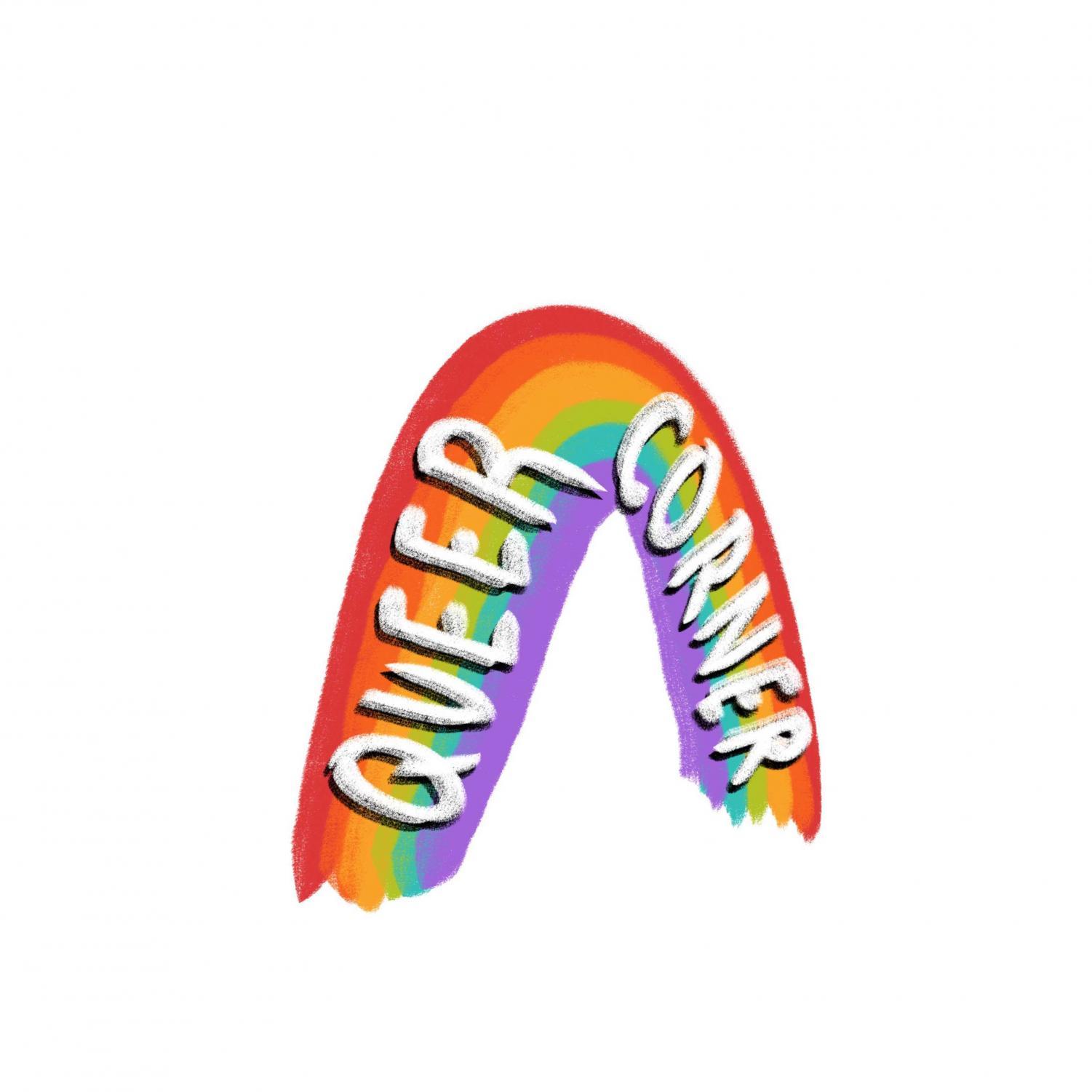The Queer Corner | Activism isn’t what it used to be, and that’s okay


I’ve considered myself a queer activist since before I knew I was queer. That is to say, quite a long time. It’s a tough job. We are the workers who make spaces safe for queer people. We are the dismantlers of stereotypes in everyday encounters. Armed with our identities and our pride, we are the creators of change for ourselves, our communities, our future. In more ways than one, we are fighting for our lives.
But I’ve been fighting for the better half of a decade, and I’m tired. I’m angry. My queer friends share my frustrations. At times we’re terrified for our lives and at others, we’re too apathetic to argue anymore. To use a popular buzzword — we’re burned out.
Despite our frustrations, there’s never been a better time to be queer. Each day we step further into our good, gay future. As a queer activist, I see how the progress we’ve made has spread from the Stonewall Inn to the countrysides of Appalachia. I see with every PrEP prescription and pride parade that our blood has not been shed in vain. I see the rippling waves of representation every time I turn on my TV. I see the colors of our rainbow seeping through the cracks, and I see — in the mirror each morning — the wounds of a war we’ll never quite win.
Just like with any activism, fighting for queer rights can take its toll on us — especially when you’re a part of the group you’re trying to protect. For me, activism used to come so easily. For as long as I can remember, I’ve been questioning our status quo. While I was holding classroom debates, Laverne Cox became the first transgender person on the cover of TIME magazine. I worked in little ways, and I dreamed of working in big ones.
As the classroom debate slipped away, my queerness became my kryptonite. It no longer felt like I was fighting because of my identity. I was fighting for my identity. Because I was queer, I didn’t have a choice. We, as queer people, don’t have a choice. I saw that when our favorite shows killed off their gay characters. I saw that in the 40 anti-trans bills being pushed in Texas. I saw that when 49 of us were killed in a mass shooting in Orlando. At times, it feels like no matter how hard we work, we still can’t win.
I try to ignore these existential trappings because hopelessness does not help activism. We’re working to create a sustainable movement, so it’s important to take some time to rest and recharge. For me, that can include unplugging from social media and effectively forgetting that non-queer people exist. It’s liberating, and it’s a lot of lamenting about oat milk surcharges at local coffee shops. If I could, I’d never leave my little queer bubble, but in the age of the internet, moving to utopia too soon can complicate a social movement.
The activists who came before us worked very hard to allow us the privilege of rest. Often, these activists were the most disenfranchised among us. Black and brown and gender non-conforming activists took up the front lines. Every march and protest propelled us forward into our shared future, but their work is not yet complete. It just looks a little different. While we might not be pouring the ashes of AIDS victims on the White House lawn or throwing pies at homophobes, we can still be activists. The key is to stay focused.
To demonstrate our evolving activism, let’s look at Lil Nas X. He first gained notoriety with his painfully catchy single, “Old Town Road.” Because we live in a heteronormative society, most people assumed he was straight. After he came out, fans and casual listeners alike divided to silence or support his new-to-us queerness. The public debate was hot, but concrete. You were an ally or you weren’t. The controversies surrounding the release of the “devil-worshipping” “Montero (Call Me By Your Name)” music video and the puzzling faux-pregnancy album announcement divided supporters and reinforced haters. Lil Nas X personifies online queer discourse, and he proves that we’re not done fighting.
When our community is fighting with itself over problematic celebrities, we lose sight of our activism’s real purpose. There’s a future where queer people are free to live however they want to, and even though it can seem like we’ve reached it, we definitely have not. I’m guilty of falling into the trap of a premature utopia, and I’ll be the first to tell you that finding a balance is not easy.
Of course, it’s imperative that we hold celebrities accountable, and it can be very cathartic to pretend like our biggest problems revolve around alternative milk, but we can’t let little troubles permanently distract us from the big ones. It’s hard enough fighting the world. It’s even worse to fight your own. We work better as a community.
Keeping it together can be tough — as a person and as a community. Shared experiences and queer preservation built the LGBTQ+ community. Our community looks different than it did 50 or even 100 years ago, and those differences make things complicated. For better or worse, queer activism has changed. We can’t let that stop us.
So, what does sustainable queer activism look like in 2021? It might look like logging off. Finding queer people who speak to you where you’re at. It might look like taking a break. Fighting when you’re ready for it. It might look like running away. Forgetting about the discourse to be queer however you want to.
Don’t worry — it’ll be waiting for you when you get back.
Rachel writes about queer culture, the queer community and navigating life beyond the binary. Talk to them at RAB252@pitt.edu.
Recent Posts
Porch roof collapse injures dozens during party on Semple Street
The roof of a porch on Semple Street collapsed during a St. Patrick’s Day celebration…
A Good Hill to Die On // Break It Down
In this release of “A Good Hill to Die On,” I dive deep into the…
Who Asked? // Does growth only “count” if it’s quantifiable?
This installment of Who Asked? by staff writer Brynn Murawski wonders why it feels like…
“They’re throwing trans people under the bus”: Counseling center faces backlash after event name change
On Feb. 24, Pitt’s Counseling Center faced backlash after briefly renaming an event from "LGBT…
Q&A: Meet the 2024-2025 SGB president and vice president
SGB announced the 2024-2025 election results at their meeting on Tuesday. The Pitt News spoke…
Editorial | Pitt Administration must listen to its students’ electoral demands
The passing of these referendums does not guarantee a future Pitt with these policies. Merely,…
